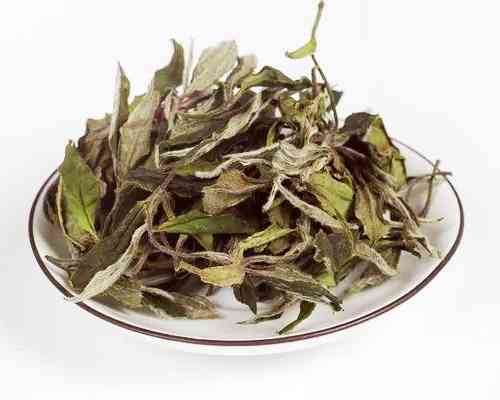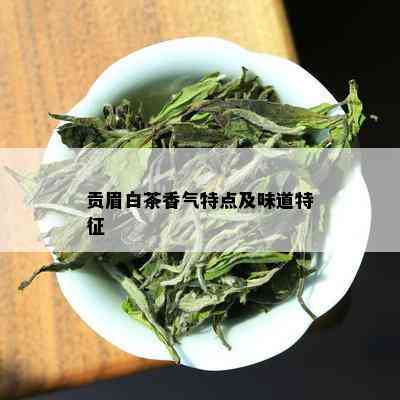Introduction

白茶(Báichá) is a popular type of Chinese tea that is known for its unique flavor and health benefits. With a history dating back to the Song dynasty, the tea is grown in the Fujian province of China and is processed using a special technique that involves withering, drying, and shaping the tea leaves. One of the popular varieties of white tea is Gongmei (贡眉), which has gained a reputation for its sweet flavor and delicate aroma. In this article, we’ll explore some of the key aspects of Gongmei and compare it with Shoumei (寿眉) to determine which is the better choice.
What is Gongmei?
Gongmei is a type of white tea that is grown and processed in the Fujian province of China. The tea is made using the youngest leaves of the Camellia sinensis plant, which are plucked during the first flush and then processed using the withering technique. The tea is then dried and shaped, creating a delicate tea that is light in color and aroma. Gongmei is categorized as the third grade of white tea, after Baihao Yinzhen and Bai Mudan, and is known for its sweet, fruity flavor and delicate floral aroma.
What is Shoumei?
Shoumei is also a type of white tea that is grown and processed in the Fujian province of China. The tea is made using the second and third leaves of the Camellia sinensis plant, which are plucked during the second flush. The leaves are then processed using the withering technique, dried, and shaped, creating a tea that is darker in color and has a richer flavor. Shoumei is categorized as the second grade of white tea, after Bai Mudan, and is known for its earthy, nutty, and slightly sweet flavor.
Gongmei vs. Shoumei
When it comes to choosing between Gongmei and Shoumei, the decision will largely depend on individual preference. Here are some key factors to consider:
Flavor: Gongmei is known for its sweet, fruity flavor and delicate floral aroma, while Shoumei has a richer flavor that is slightly earthy and nutty. If you prefer a lighter, more delicate flavor, Gongmei may be the better choice. If you like a stronger, more robust flavor, Shoumei may be the better choice.
Color: Gongmei is light in color and has a slightly greenish-yellow hue, while Shoumei is darker in color and has a slightly yellowish-brown hue. If you prefer a lighter-colored tea, Gongmei may be the better choice. If you like a darker-colored tea, Shoumei may be the better choice.
Processing: Gongmei is made using the youngest leaves of the Camellia sinensis plant, while Shoumei is made using the second and third leaves. Gongmei is also processed using the withering technique, while Shoumei is processed using both withering and baking techniques. If you prefer a tea that is made using only the youngest leaves, Gongmei may be the better choice. If you don’t mind using slightly older leaves and prefer a tea that is processed using a combination of techniques, Shoumei may be the better choice.
Conclusion

Ultimately, the choice between Gongmei and Shoumei will depend on individual preference. Both teas are popular varieties of white tea that offer unique flavors and aromas. Gongmei is lighter in color and has a sweet, fruity flavor with a delicate floral aroma, while Shoumei is darker in color and has a richer flavor that is slightly earthy and nutty. If you prefer a sweeter, more delicate tea, Gongmei may be the better choice. If you like a stronger, more robust tea, Shoumei may be the better choice.





